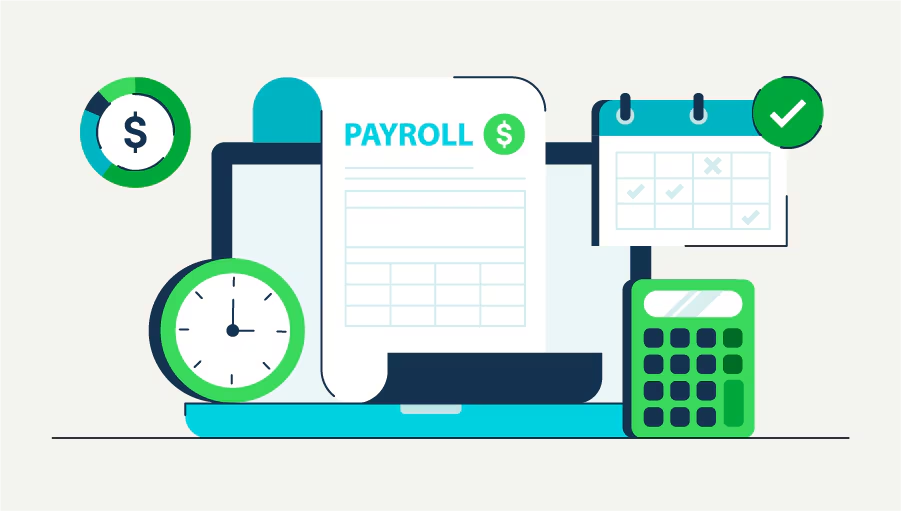A Fast Look
Singapore has long been known as a global center for fintech payments, where the latest technology meets the strict rules for managing money. The payment system is what makes this work so well. It is very effective and connected, and it can handle everything from simple retail payments to complicated business-to-business settlements. The Singapore payment rails are the best way to make digital payments worldwide. They use both old systems like GIRO and new ones like PayNow and FAST, which let you pay in real time.
This article will talk about Singapore's fintech infrastructure, how FAST, PayNow, and GIRO work, and how these platforms help the fintech industry grow in the country. No matter if you're a consumer, a fintech startup, or a global remittance platform like TransFi, you need to know how this environment works if you want to use Southeast Asia's most advanced digital payment system.
The Basics of Fintech in Singapore
The Monetary Authority of Singapore (MAS) has done a lot to make a set of rules that encourages new ideas and keeps people's trust. The MAS payment systems are a network of linked rails that make transfers quick, safe, and cheap. They are one of the most important parts of this framework.
The payment ecosystem in Singapore includes:
- FAST (quick and safe transfers)
- Pay Now
- General Interbank Recurring Order, or GIRO
- People use RTGS (Real-Time Gross Settlement) for transactions that are worth a lot of money.
- You can connect with systems all over the world thanks to ISO 20022 and SWIFT standards.
These systems help the bigger Singapore fintech ecosystem by letting banks and startups make products that use digital payments that are safe, quick, and cheap.
What PayNow, GIRO, and FAST Mean in Singapore
Let's look more closely at how FAST, GIRO, and PayNow work in Singapore and the apps they work with:
FAST (Fast and Safe Transfers)
FAST started in 2014 and lets more than 30 banks and other financial institutions in Singapore send and receive money almost instantly in real time. FAST lets Singapore get payments in real time 24 hours a day, seven days a week, for personal banking, business transactions, or fintech payouts.
The main benefits are:
- It took only a few seconds to settle the money.
- Businesses and stores can use it.
- Good for Singapore's digital banking and fast payments
Pay Now
PayNow is an overlay service that lets people send money to each other using only a mobile number, NRIC, or UEN (Unique Entity Number). It is built on top of FAST. It funds a digital payment system for everything, from donations to shopping.
How PayNow works in Singapore:
- Users link their bank accounts to an ID, which can be a phone number or an NRIC.
- You can pay right away with this ID.
- Offered by big banks and wallet apps
PayNow has a service called PayNow Corporate that makes it easy for businesses to get and process payments without having to share their regular banking information.
GIRO
GIRO is an old way to make regular payments, like for utilities, insurance, or subscription services. It was first used a long time ago. Unlike FAST or PayNow, GIRO transfers don't happen right away. They can take up to three days to settle.
GIRO Singapore vs. FAST:
- Real-time FAST is a great way to make payments that need to be made right away.
- GIRO is slower, but it works well for transfers that happen on a regular basis.
Even though its technology is old, GIRO is still used because it works with billing systems all over Singapore.
Singapore's Real-Time Settlement Systems: Helping New Ideas Grow
Singapore's level of mixed-use development has made it possible for fintech to try new things. Singapore's payment system is what lets fintech companies come up with new ideas:
- With an API-friendly architecture, you can connect to mobile apps, wallets, and platforms that work in more than one country.
- Rules for open banking encourage both working together and competing.
- Real-time capabilities get rid of the friction when business models need to settle right away.
This infrastructure makes it easy for neobanks, digital lenders, and even cryptocurrency off-ramps to grow quickly in Singapore. It also allows for instant payments and digital banking.
Singapore: A Global Center for Fintech Payments
The city-state has attracted both small and large fintech companies because of its modern infrastructure, low entry barriers, and support from the Monetary Authority of Singapore (MAS). Singapore is home to large regional payment companies, platforms for sending money across borders, and DeFi projects.
People know Singapore for:
- Payment systems that work with each other
- Rules that are smart and keep up with technology
- Banks and fintechs should talk to each other well
- A group of people who are open to using new tools and are tech-savvy
People often say that Singapore is one of the best countries for fintech and crypto, and it is the standard for payment and settlement systems that happen in real time.
Also read: Stablecoin Payments in Estonia: Web3 Startups, DAO Payroll, and Borderless Payments
What TransFi Does in Singapore's Fintech Scene
TransFi is a service that makes it easier to move money from cryptocurrency to real money. It also works with Singapore's payment systems to offer faster, cheaper, and more compliant ways to send money home.
TransFi fits into the Singapore model in this way:
- PayNow and FAST let you pay right away
- Gives you dashboards in real time for big payouts
- Links making money with cryptocurrency to getting paid in local currency
- Payment systems that follow MAS rules make transactions safe
Using Singapore's real-time payments, TransFi makes it easy for everyone, from Web3 companies paying their employees to freelancers getting paid in USDC.
In Short
Singapore is a global hub for fintech payments for a reason. The country has set up a digital payment system that uses FAST, PayNow, and GIRO on purpose to encourage speed, trust, and new ideas. It means that customers can pay and get paid in ways that are easier. Fintechs see it as a way to grow quickly.
TransFi and other new businesses can do well in Singapore because the payment systems are strong and the rules are flexible. Singapore's infrastructure is a good example to follow as the world moves toward digital-first finance. It combines connectivity, convenience, and compliance.
FAQ
1. What does FAST do in Singapore?
Banks and other financial institutions in Singapore can send money in real time thanks to FAST (Fast And Secure Transfers). Money comes in just a few seconds.
2. What sets PayNow apart from FAST?
People can send money with PayNow using their NRICs or mobile numbers instead of their account numbers. It's easier for small businesses and people to use.
3. Is GIRO still used in Singapore?
Yes. Even though GIRO isn't real-time, people still use it to pay their bills, rent, and insurance.
4. Why is Singapore a global center for fintech payments?
Because it has a good way to pay, a MAS regulation that looks to the future, and an ecosystem that is good for fintech.
5. What does TransFi do with the payment rails in Singapore?
TransFi is great for freelancers, digital teams, and international payroll because it lets you get paid in crypto almost right away with FAST and PayNow.
Mục lục
Loại
Bài viết được đề xuất
Khám phá sản phẩm của chúng tôi

Thực hiện thanh toán toàn cầu chỉ bằng một cú nhấp chuột

Chấp nhận thanh toán, xóa bỏ biên giới.

Mở khóa giao dịch tiền kỹ thuật số liền mạch ở bất cứ đâu








.png)














